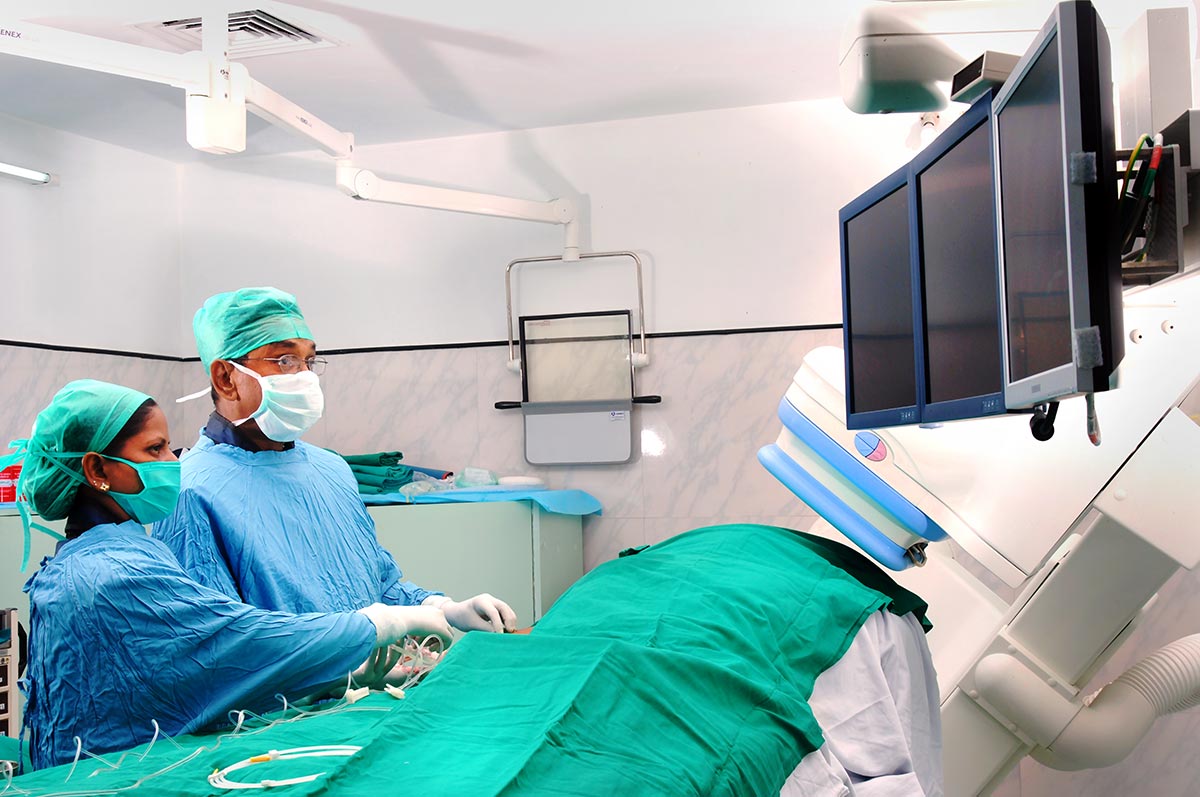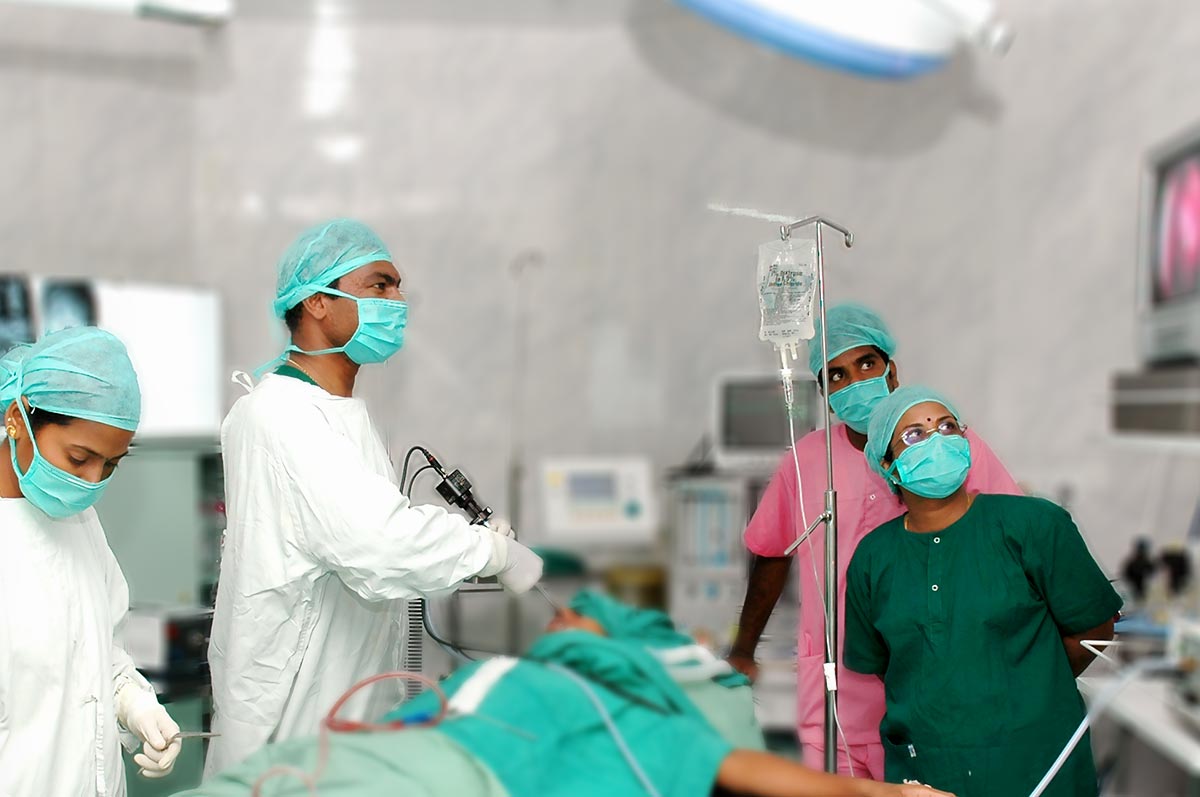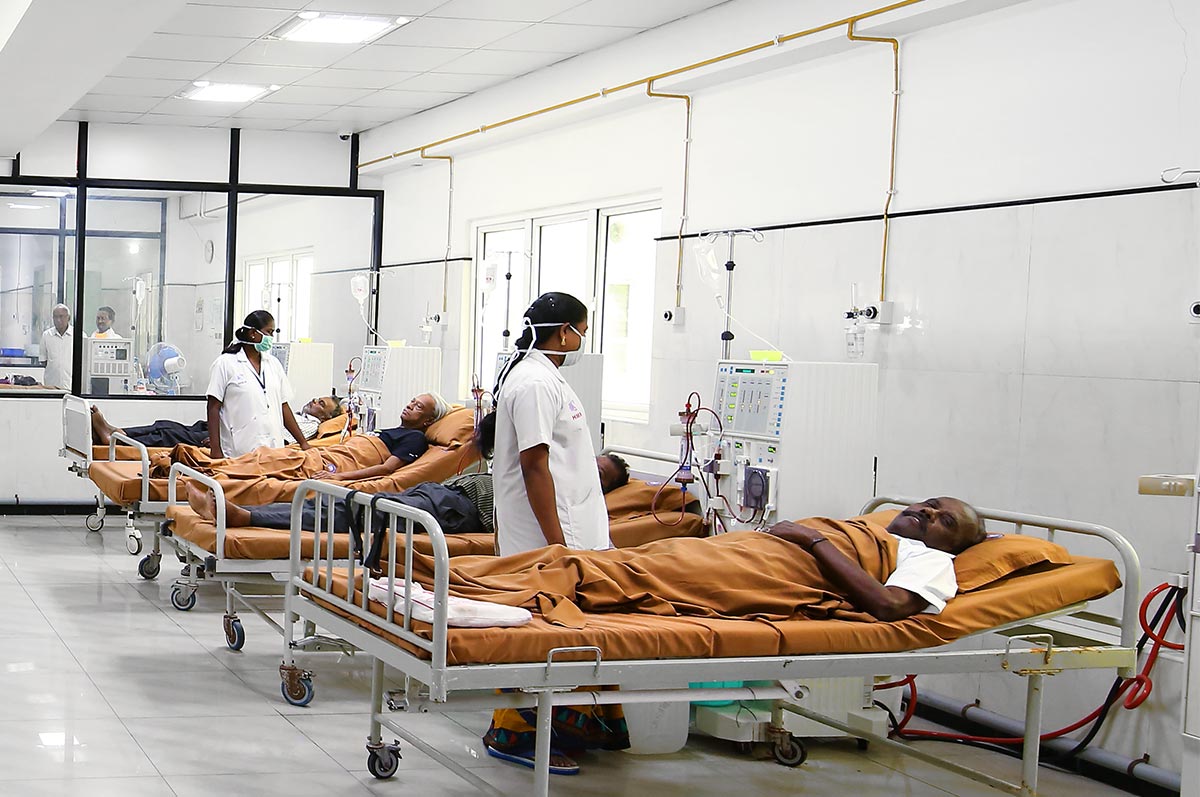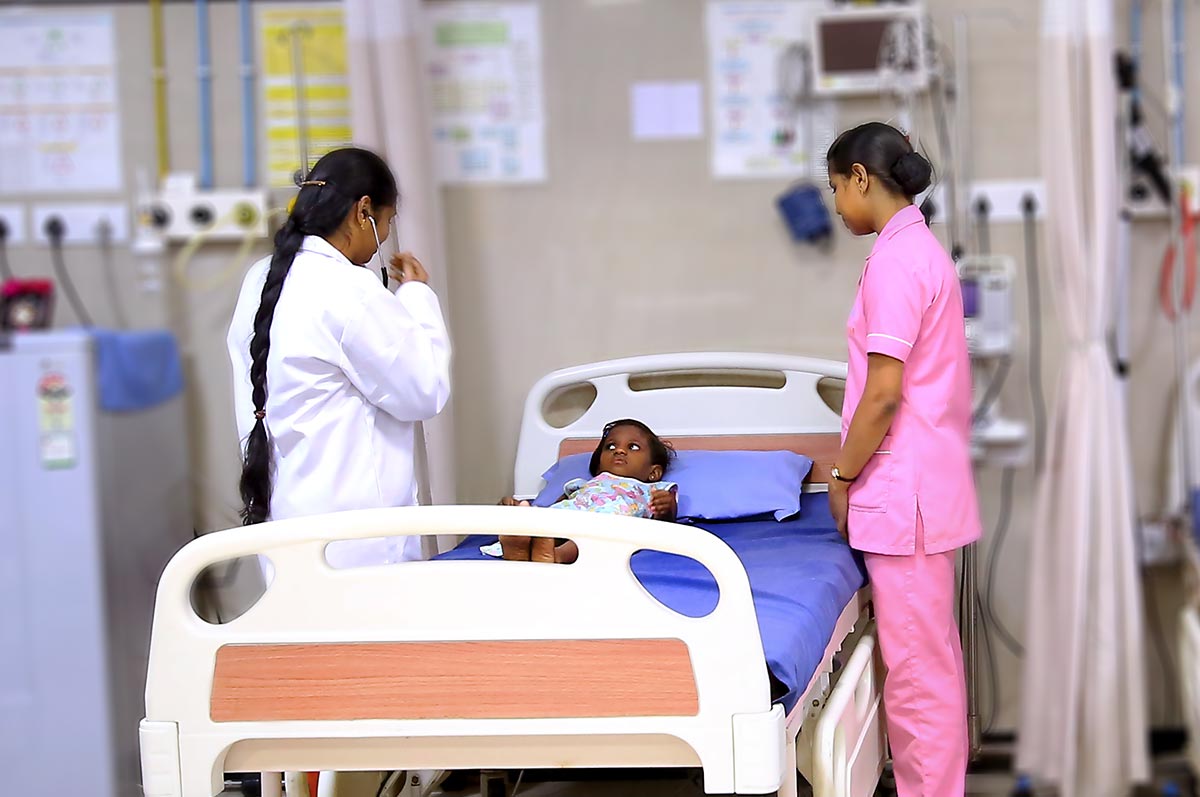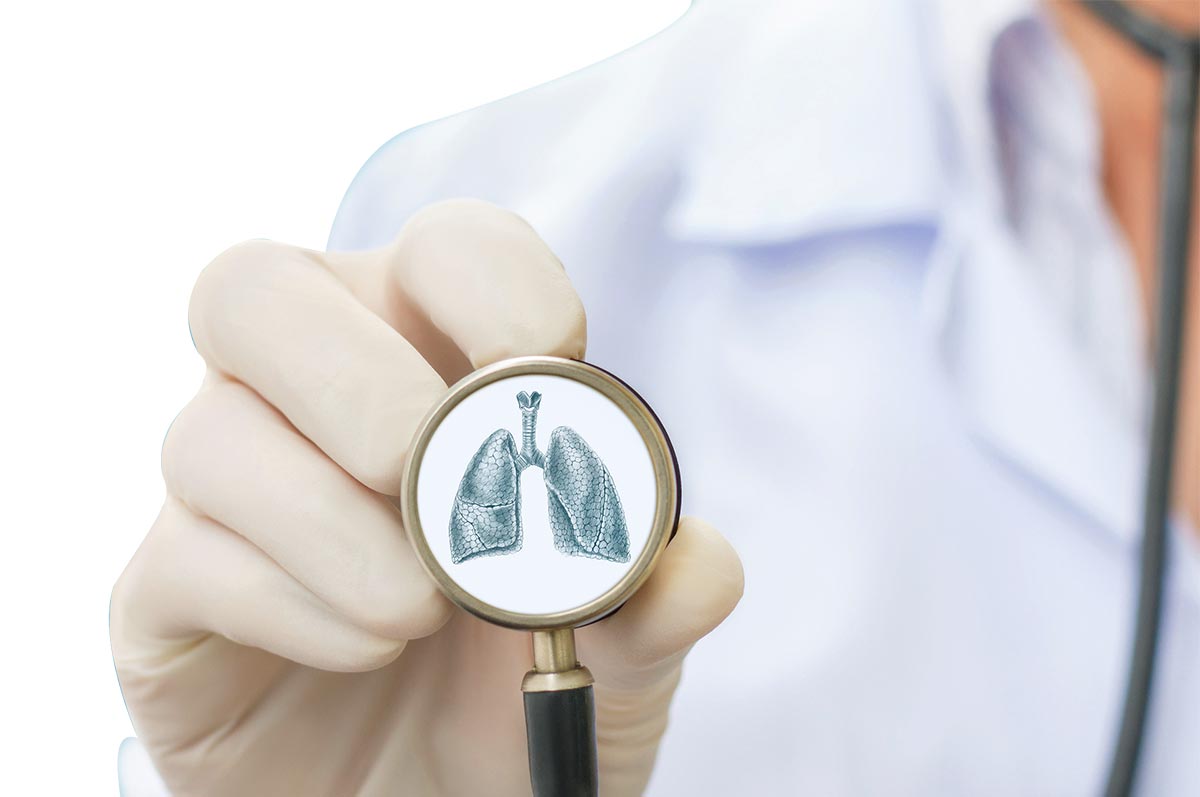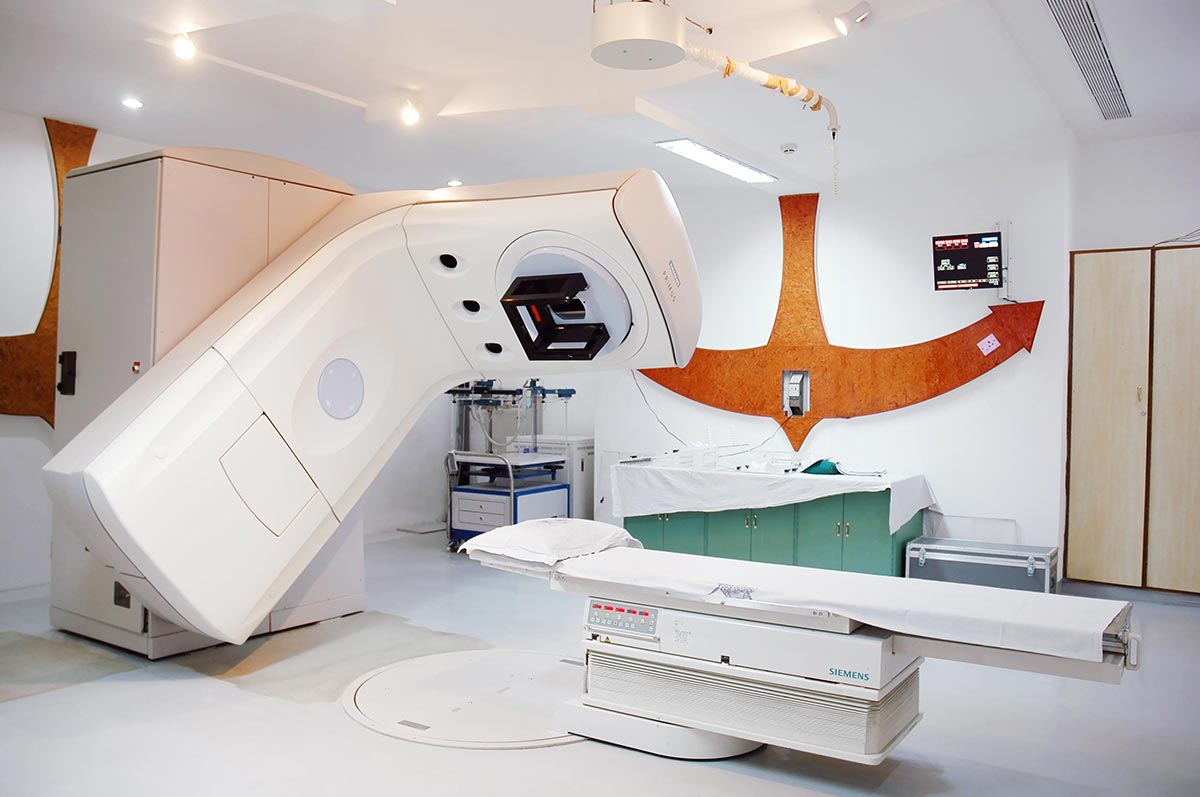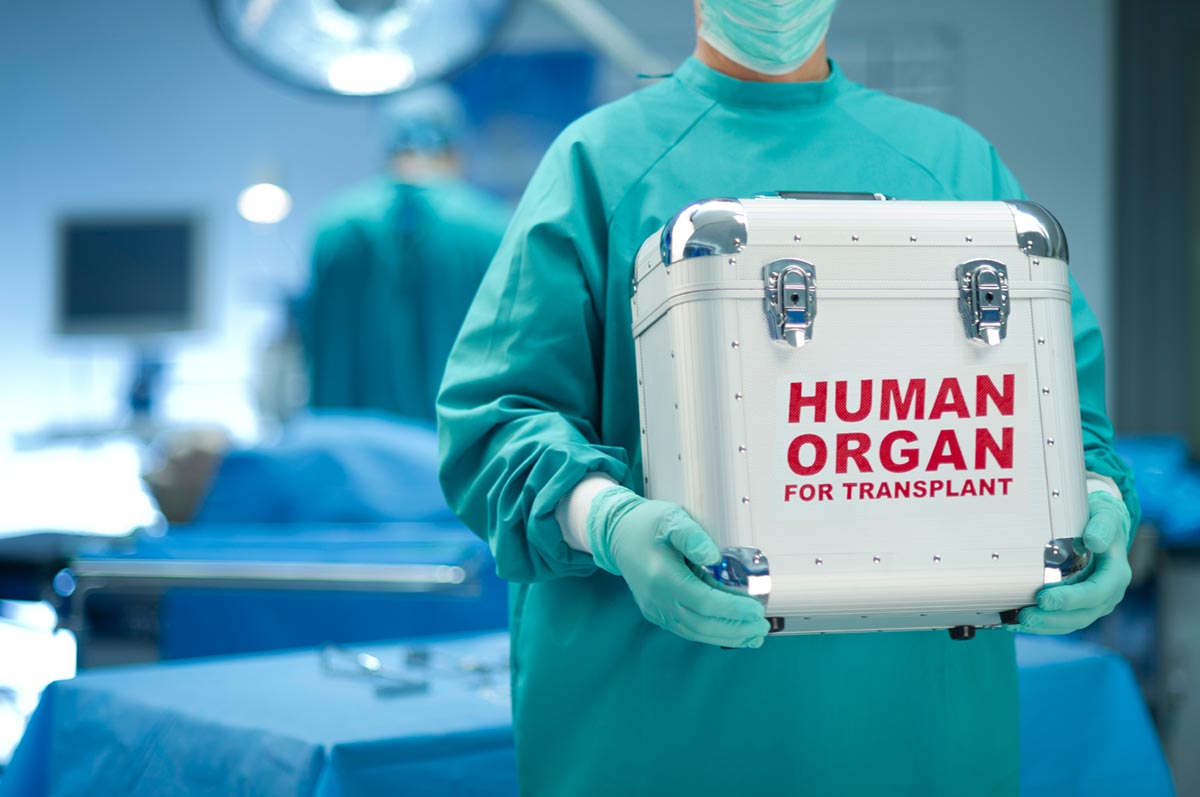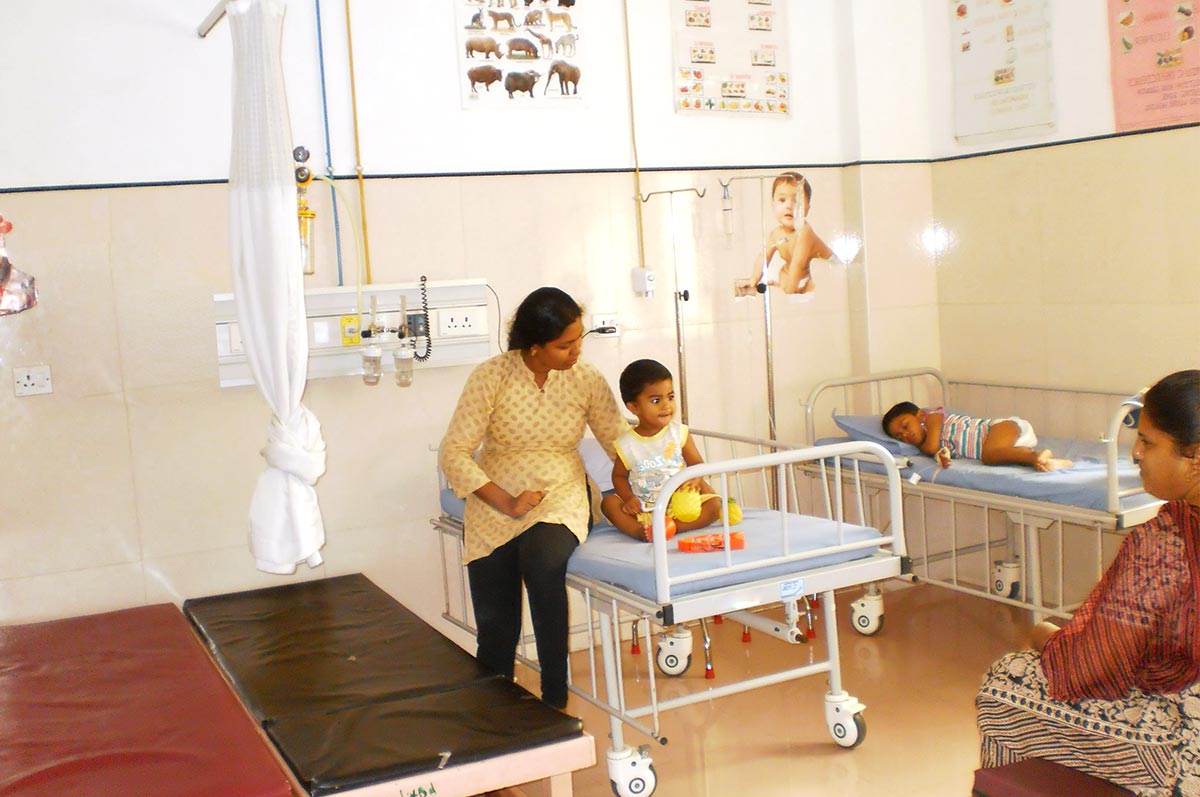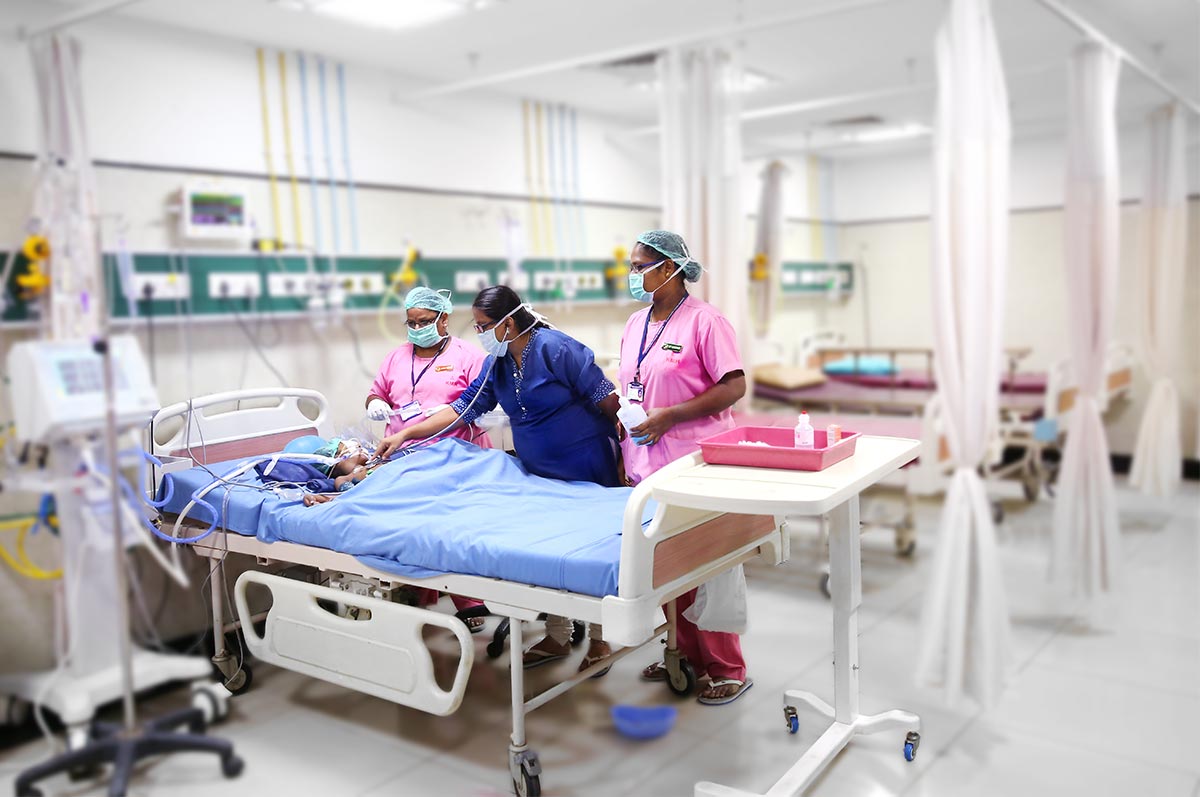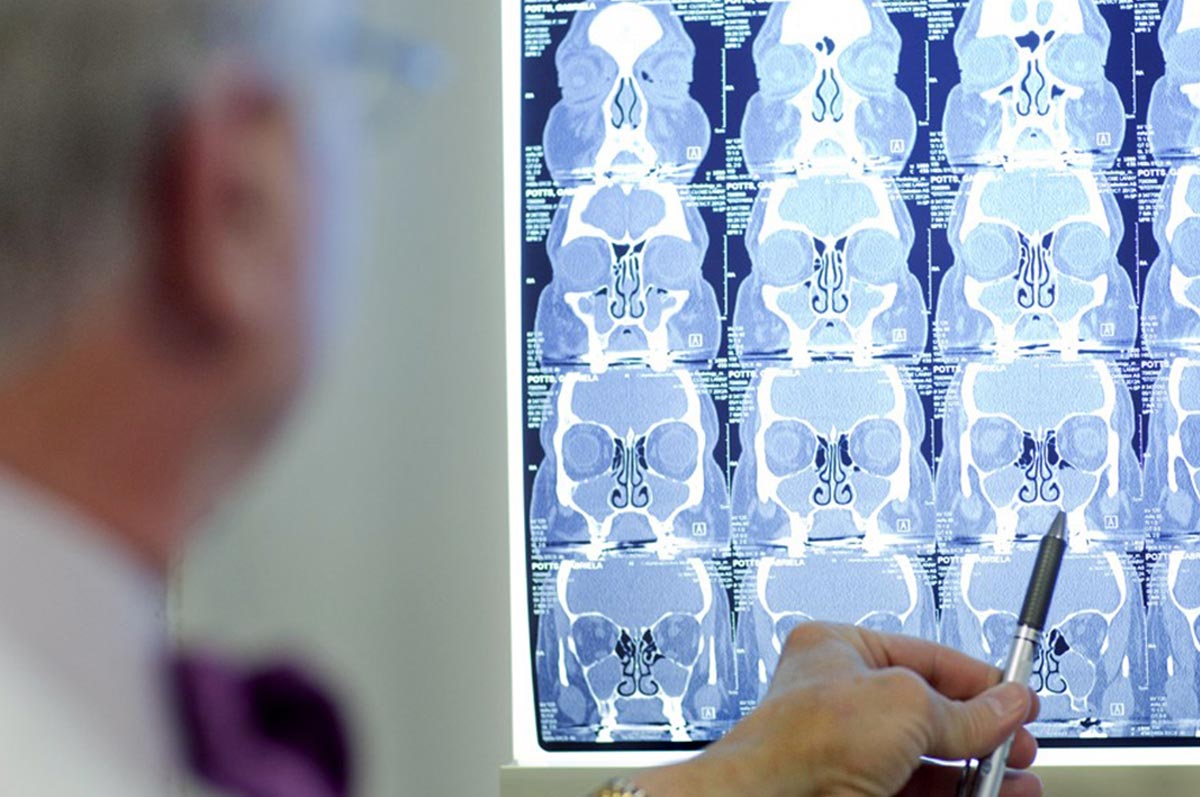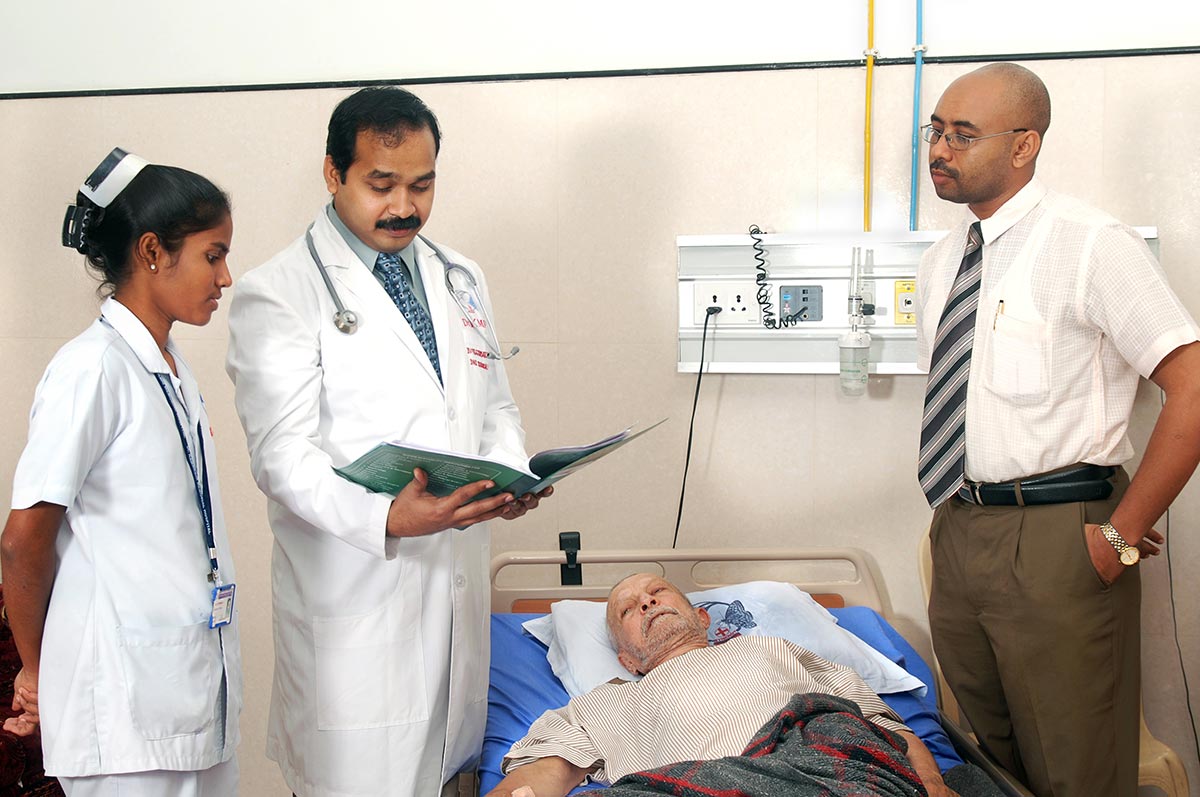- About
-
Services
- Accident and Emergency
- Anaesthesiology
- Arthro Robotics
- Bariatric Surgery
- Cardiac Electrophysiology
- Cardio Thoracic Surgery
- Cardiology
- Dentistry
- Dermatology
- Diabetology
- Endocrinology
- ENT Ear Nose Throat
- Family Medicine
- Fertility Medicine
- Gastroenterology
- General Medicine
- General Surgery
- Geriatrics
- Hepatology
- IVF Treatment
- Lactation
- Medical Oncology
- Neonatology
- Nephrology
- Neuro Surgery and Trauma Care
- Neurology
- Obesity
- Obstetrics and Gynaecology
- Oncology
- Ophthalmology
- Orthopaedics
- Paediatric Cardio Thoracic Surgery
- Paediatric Cardiology
- Paediatric Endocrinology
- Paediatric Neurology
- Paediatric Physiotherapy
- Paediatric Psychiatry
- Paediatrics
- Pain Management
- Pediatric Bone Marrow Transplantation
- Pediatric Surgery
- Plastic and Cosmetic Surgery
- Psychiatry
- Pulmonology
- Radiation Oncology
- Radiology
- Reconstructive Facio Maxillary, Head & Neck Onco plastic surgery
- Rheumatology
- Robotic Joint Replacement Surgery
- Robotic Surgical Services
- Stroke Ward
- Surgical Gastroenterology
- Surgical Oncology
- Thalassemia
- Transplant Surgery
- Urology
- Vascular and Endovascular Surgery
-
Facilities
- 3D Digital Mammography
- Ambulance Services
- Blood Bank
- Cardiothoracic Intensive Care Unit
- Catheterization Laboratory
- Child Development Center
- Clinical Laboratory
- Clinical Psychology
- Clinical Research
- Day Care Service Suite
- Dialysis
- Fertility Centre
- Imaging Services
- Insurance / Tie-ups
- Intensive Care Unit-ICU
- Labour Ward
- Neonatal Intensive Care Unit-NICU
- Neuro Critical Care
- Neuro Laboratory
- Occupational Therapy
- Operation Suite
- Out Patient Consultants Suite
- Patient Room Suite
- Pediatric Intensive Care Unit-PICU
- Pharmacy
- Physiotherapy
- Preventive Health Care
- Scopy Suite
- Speech Therapy
- Transplant ICU
-
Consultants
-
International
-
Blog
- News & Media
- Other Location










